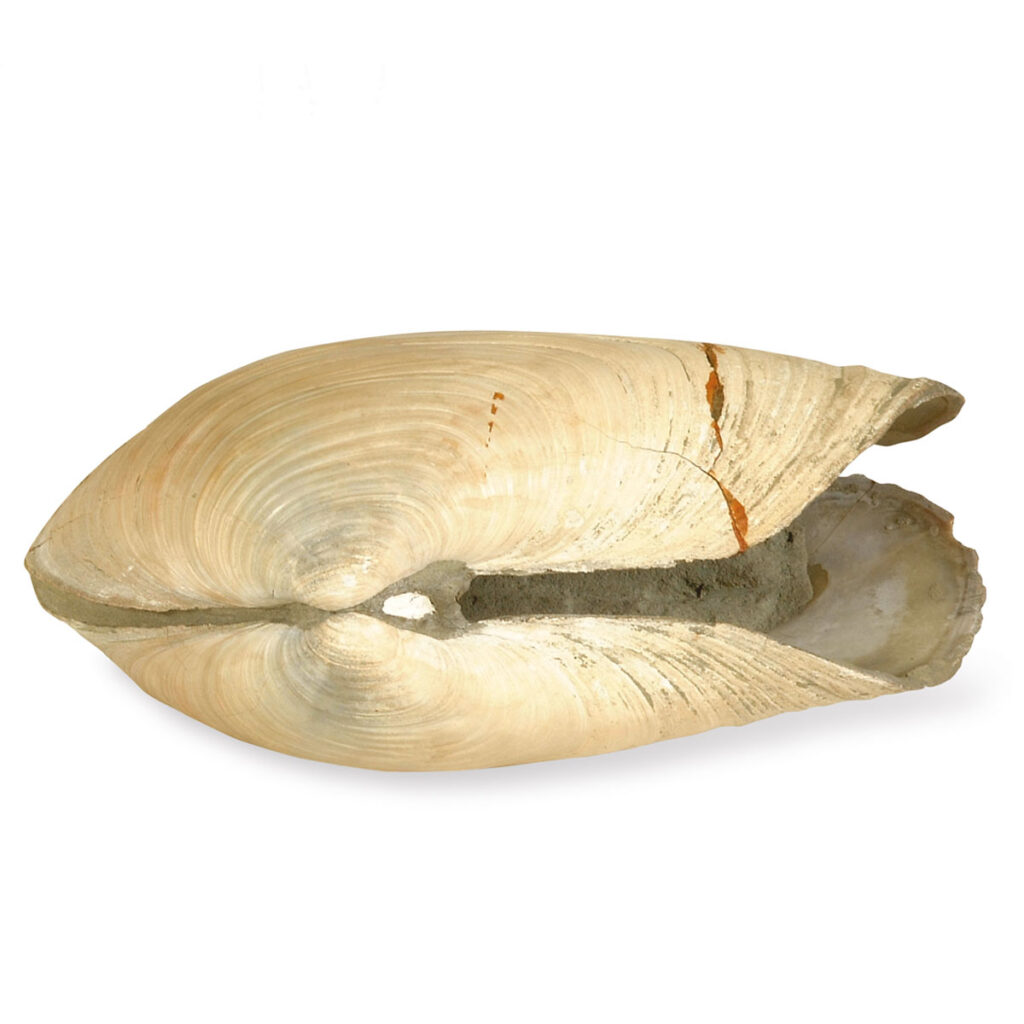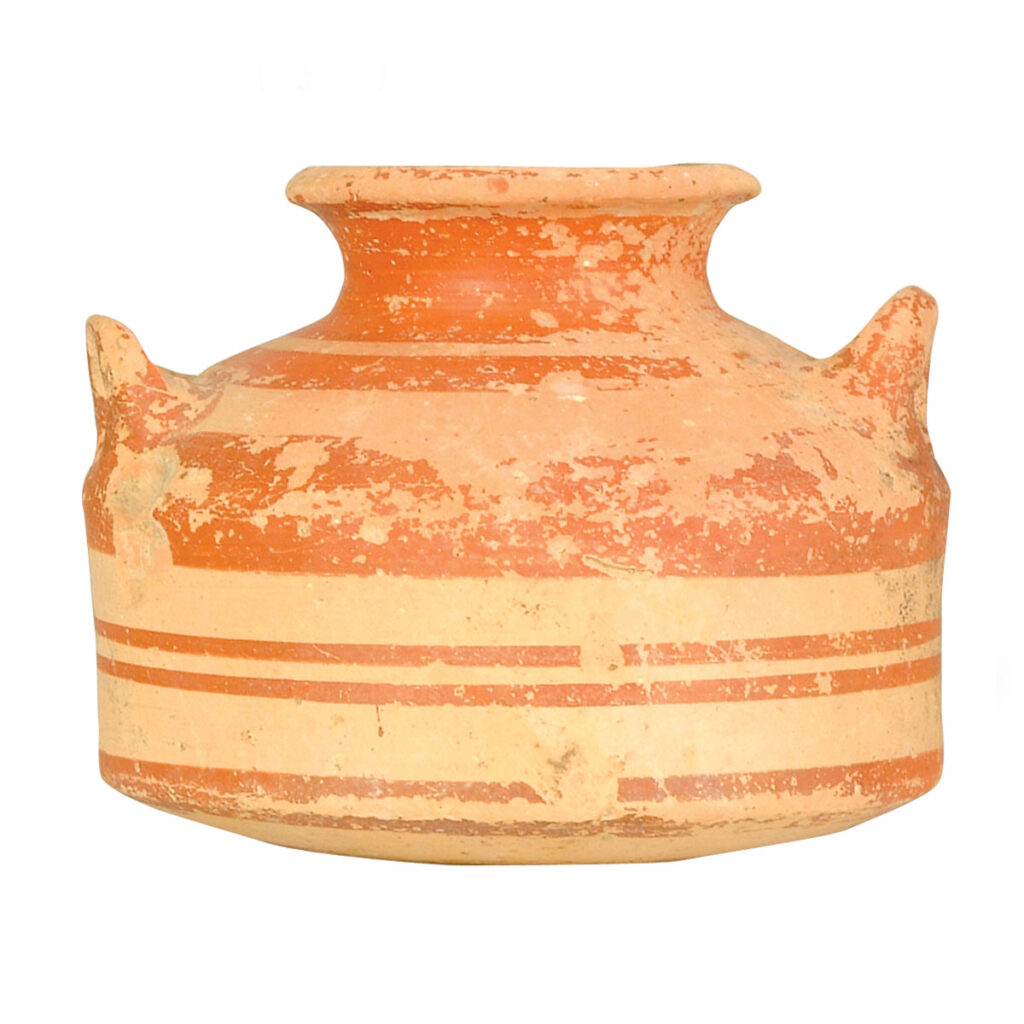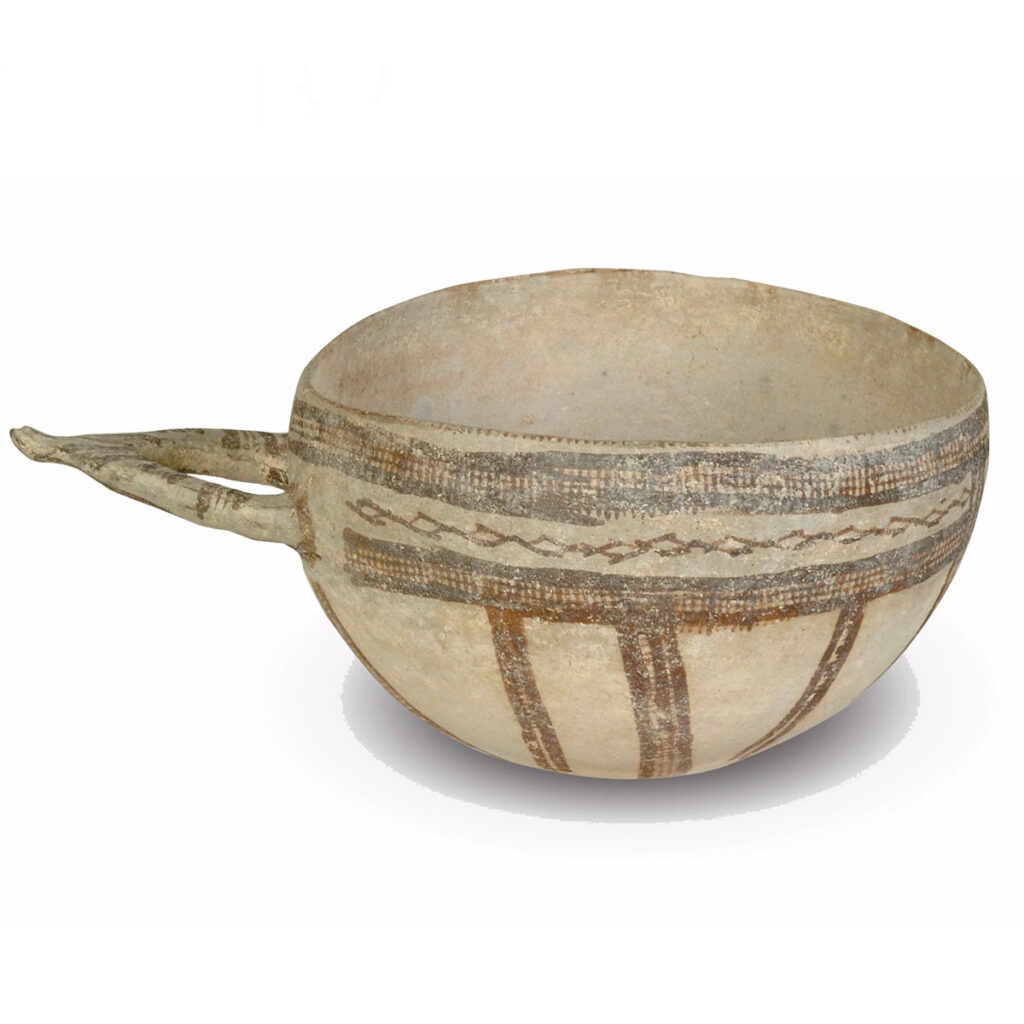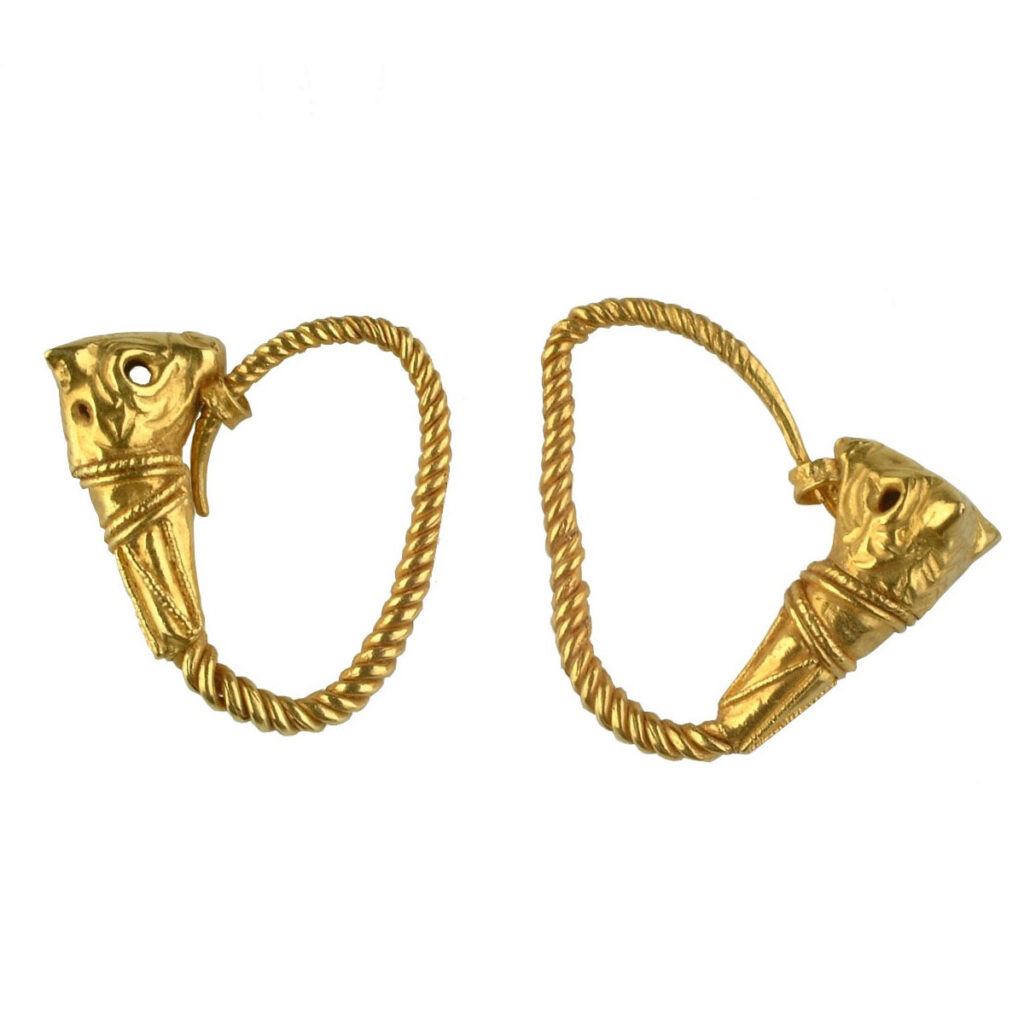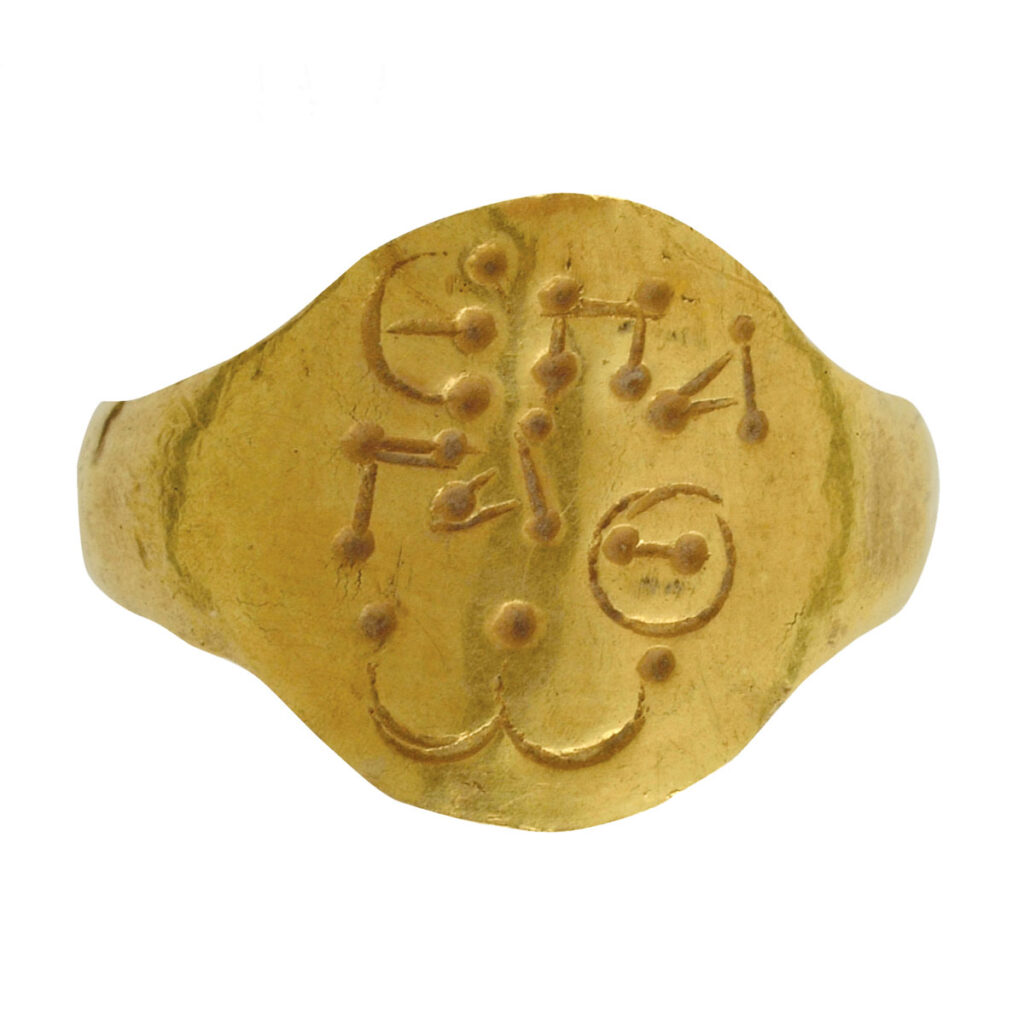Ancient Times
The Genesis of Nicosia
The myth about the birth of Aphrodite from the foam of the sea may be correlated to the geological birth of Cyprus, given that the island was uplifted from the depths of the ocean. The Troodos ophiolite complex constitutes the geological core of Cyprus, formed approximately 92,000,000 years ago. The Troodos rocks are a fragment of the ancient oceanic crust that began to rise from the sea some 20,000,000 years ago.
The Troodos mountain range was the first to emerge in the form of a small island, followed by a second island, the Pentadaktylos mountain range. Marine sedimentation took place in the sea that lay between the two, gradually forming what is now the Mesaoria Plain.
The Mesaoria Plain – and by extension Nicosia – were uplifted from the sea approximately 1,800,000 years ago. The emergent plain joined the Troodos range to the Pentadaktylos range, giving shape to the island of Cyprus as we know it.
Chalcolithic Period (3900-2500 BC)
Bronze Age (2500-1050 BC)
The first inhabitants of the region known today as Nicosia settled along the Pediaios River, which runs close to the centre of the Mesaoria Plain. A circular construction discovered in recent excavations on the site of Agios Georgios Hill, near the PASYDY Building, but also earlier observations and rescue excavations carried out in the Agios Prodromos area, provide evidence that these particular sites were inhabited during the Chalcolithic Period, specifically in the first half of the 3rd millennium BC.
The cemetery in the Agia Paraskevi region attests that the Bronze Age must have been a period of considerable growth and prosperity for Nicosia. The finds in the necropolis of Agia Paraskevi, but also in other areas, point to an organised society with close ties to its neighbouring regions, as well as to other countries.
Iron Age (1050-310 BC)
Hellenistic and Roman Periods (310 BC – 330 AD)
In the 1st millennium BC city-kingdoms developed in Cyprus. Around 672 BC the Kingdom of Ledra, or Ledrae, was recorded on a monument with this name in a list of kingdoms paying tribute to the Assyrian King Esarhaddon. The ninth Cypriot kingdom inscribed on the Esarhaddon Prism was that of Onasagoras, King of Ledra.
Until recently, archaeological finds in Nicosia were mostly limited to cemeteries in the areas of the Old Town Hall, Koupati, Agioi Omologites and Acropolis. However, the recent excavations on Agios Georgios Hill, near the PASYDY Building, brought to light a complex of buildings, pottery and weaving workshops and other rooms that corroborate the existence of a significant Iron Age nucleus in Nicosia. A large olive press was unearthed on the same site.
During the first quarter of the 4th century BC a number of Cypriot soldiers engraved their names at the temple of Achoris in Karnak, Egypt. Amongst them were inscriptions with the names of soldiers from Ledra. At the end of the 4th century, King Nicocles of Paphos built a temple in Ledra dedicated to the Paphian Aphrodite.
In the course of the Roman Period, down to the 4th century AD, the Kingdom of Ledra dwindled to a small village.

